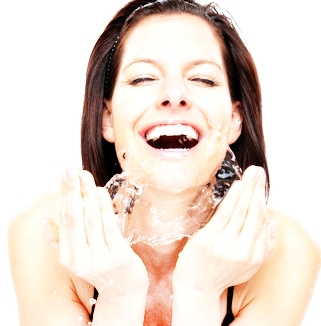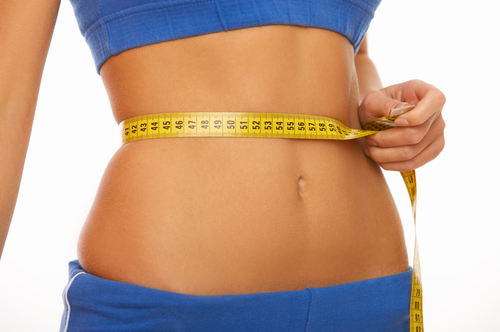Hello Awakened Beauty!
Unless you’re living under a rock burrowed deep within a cave on a remote island with terrible cell reception, you’ve heard of CBD. Touted as a “miracle drug,” everyone from doctors to stressed-out city dwellers are excited about its therapeutic potential. While we tend to err on the side of science, both anecdotally and in studies, CBD has been shown to help with conditions ranging from anxiety, stress, inflammation, and, as demonstrated by the drug approved by the FDA, childhood epilepsy.
We’ve talked about how topicals can help with pain (remember: most cannabis creams don’t meaningfully enter your bloodstream), but we haven’t talked about why inflammation happens, why it’s important, and how cannabis can help the process.
Think of inflammation like your body’s personal police force and hospital all rolled into one operation. It’s your first line of defense when you cut yourself, get an ingrown hair, or destroy your feet with a pair of five-inch heels. Your immune system is kicking in to protect and repair hurt areas with increased blood flow and white blood cells. This causes area to swell up, but it’s for a good cause
. A certain level of inflammation ensures bacteria is kept under control and cells are hard at work to heal the area. However, there is such a thing as too much inflammation. The root of excruciating chronic diseases like rheumatoid arthritis, excess inflammation can also cause damage to tissue, cells, and your skin.
Now, onto another form of inflammation that causes great strife in human populations—zits. A pimple is your body’s response to trapped bacteria. Zits are how your body deals with bacteria that’s become sealed in your pores—whether it’s from excess oil production or dead skin cells.
While popping said pimple can be deeply therapeutic, it never solves the root problem: the bacteria getting entombed. Whether it’s overactive sebaceous glands that create an oil imbalance (remember, not all oil is bad, particularly when it comes to your products) or dead skin creating a fossilized layer on your face, poking and prodding a zit can actually worsen inflammation and spread the bacteria to other pores for more mounds, more bumps, more pus.
Delicious.
CBD has been theorized to be the next wunderkind in skincare. Let’s DEBUNK how to know what you’re getting when buying “CBD skin care.”
Both are good for your skin but hemp seed is used for its deeply moisturizing abilities. CBD is the active compound in cannabis that fights inflammation, bacteria, and cell turnover. Hemp seed oil is already used in products throughout Europe and the U.S., and is akin to a common carrier oil like rosehip. If the brand doesn’t list CBD, phytocannabinoid, cannabidiol, or full-spectrum hemp (which are all indications of CBD in legal chemical terms) on their packaging, you’re just buying hemp seed, which has no active CBD.
Like with all active compounds, you need enough of it to work. Ever try taking an eighth of an Advil? Dr. Caroline Hartridge, an osteopath and founder of Dr. Hartridge’s Healthcare Solutions, notes that 200-mg per ounce of product is effective for pain and anti-inflammatory effects. Lower doses are still powerful for cellular repair among a host of other benefits but if you're seeing lower than 25-mg per ounce, or the company is hesitant to share levels, be wary.
Before you get dazzled by CBD, make sure the other ingredients are OK for your skin. Perfumes, additives, and thickeners may trigger allergic reactions or be the key ingredient that helps your skin.
Chemicals are chemicals are chemicals. The battle between isolate and full-spectrum CBD are valid as isolates are difficult to trace, but, if your beauty company is transparent about where the CBD comes from, isolate might be better for your face. Full-spectrum is like a wine crop: Each vintage varies. CBD’s terpenes or essential oils can vary from crop to crop. While that’s okay for food, for your face, you may want something that’s more consistent.
Whether you’re slapping it on your face or ingesting it orally, evidence points to CBD helping with inflammation, oil production, and restoring moisture balance.
One study showed that ingested CBD helped normalize oil production, leaving acne sufferers with better skin as pores wouldn’t get blocked. If you’re looking for a topical, make sure it has a high dose. If you’re looking for an oral CBD, make sure you’re not allergic to anything in the tincture.
Shop Clinical Grade CBD @beautyecology and online www.evoqbeauty.com
**Thank you for this great resource and editorial by Nice Paper


















